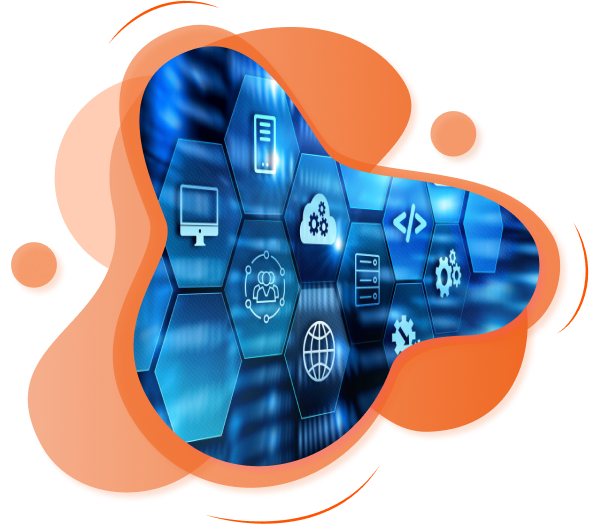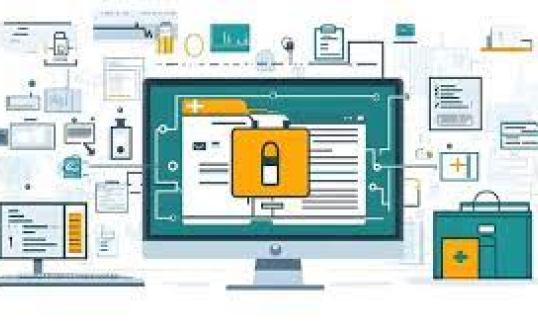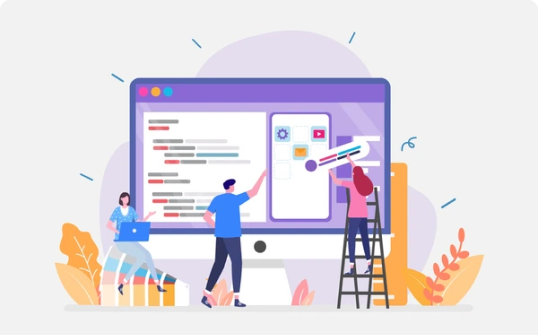Wearables Services

Custom Wearable App Development
- Native & cross-platform apps for Android & iOS.
- Custom-built applications for smartwatches, fitness bands, and medical devices.
- AI-driven analytics for personalized health recommendations.
IoT Wearable Device Integration
- Bluetooth, NFC, RFID, and Wi-Fi-based connectivity.
- Secure API development for integration with third-party platforms.
- Edge computing solutions for real-time data processing on wearables.
Smart Wearable UX/UI & Prototyping
- Intuitive UI/UX design for seamless user experience.
- Prototype & MVP development for testing and market validation.
- Haptic feedback & gesture control integration.
Healthcare Wearable Solutions
- Remote Patient Monitoring (RPM) for chronic disease management.
- IoT-powered wearable medical devices for ECG, glucose, SpO2, and heart rate monitoring.
- Seamless integration with EHRs, telemedicine platforms, and cloud-based systems.
Fitness & Sports Wearable Development
- AI-powered activity tracking & performance analytics.
- Smart algorithms for calorie tracking, sleep monitoring, and step counting.
- Integration with popular fitness apps & wearable brands.
Security & Compliance for Wearables
- HIPAA & GDPR-compliant wearable healthcare solutions.
- End-to-end data encryption and secure cloud storage.
- Multi-layered authentication & biometric security implementation.

AR/VR Wearables & Smart Glasses
- Augmented Reality (AR) solutions for immersive experiences.
- VR headsets for training, education, and remote collaboration.
- AI-powered gesture control & eye-tracking technology.
Security & Compliance for Wearable Devices
- HIPAA & GDPR-compliant wearable healthcare solutions.
- End-to-end data encryption & secure cloud storage.
- Multi-layered authentication & biometric security integration.
Healthcare & Medical Wearables
- Remote Patient Monitoring (RPM) for chronic disease management.
- Wearable ECG, glucose monitors, pulse oximeters, and biosensors.
- Seamless integration with EHR, telehealth, and cloud-based platforms.
Fitness & Sports Wearables
- AI-powered activity tracking & performance analytics.
- Calorie tracking, step counting, sleep monitoring, and heart rate analysis.
- Integration with popular fitness apps & smart gym equipment.
Enterprise & Workplace Wearables
- Smart badges, biometric authentication, and employee tracking.
- Wearable IoT solutions for workplace health and safety monitoring.
- Smart glasses and AR-based enterprise solutions for enhanced productivity.
IoT & Smart Wearables
- Bluetooth, Wi-Fi, NFC, and RFID-enabled wearables.
- Edge computing for real-time data processing on wearables.
- Integration with smart home, industrial IoT, and connected devices.
Do you want to battle-test your software with our Quality Engineering team?
Healthcare & Medical Wearables
Remote Patient Monitoring (RPM) for chronic disease management. Wearable ECG, glucose monitors, and pulse oximeters for real-time health tracking. Smart prosthetics and biosensors for improved patient outcomes. Seamless integration with EHR, telemedicine platforms, and AI-powered diagnostics.
Fitness & Sports Wearables
AI-powered performance tracking and personalized training plans. Heart rate, sleep, and calorie monitoring for optimized fitness goals. Integration with wearable fitness devices, smart gym equipment, and mobile apps.
Enterprise & Workplace Wearables
Smart badges, biometric authentication, and real-time employee monitoring. Wearable IoT solutions for workplace safety, hazard detection, and compliance tracking.
Retail & Customer Experience
Smart wearables for contactless payments and personalized shopping experiences. Real-time customer insights and engagement tracking for data-driven marketing.
Smart Wearables in IoT & AI Ecosystems
Edge computing wearables for instant data processing. AI-powered smart glasses and voice assistants for hands-free interaction. Integration with smart homes, connected vehicles, and industrial IoT networks.
Security Measures in EMR Software Development: Protecting Patient Data
Important factors to be considered before Outsourcing Software…
Everything You Need To Know About Custom Software Development
What are wearable technology services?
How does wearable technology benefit the healthcare industry?
What industries can benefit from wearable technology?
- Healthcare – Medical sensors, patient monitoring wearables
- Fitness & Sports – Smartwatches, activity trackers, AI-powered fitness coaching
- Enterprise & Workplace – Smart badges, biometric authentication, employee safety tracking
- Retail & Customer Engagement – Smart AR glasses, contactless payment wearables
- Industrial & Manufacturing – Smart helmets, exoskeletons, hazard detection wearables
- Defense & Law Enforcement – Tactical gear, body cameras, biometric scanners
How do smart wearables connect to mobile apps and cloud platforms?
How do wearable devices use AI and machine learning?
AI-powered wearables analyze real-time data to offer personalized insights, predictive analytics, and automation. Examples include:
- Smart health monitoring detecting anomalies in vitals
- AI-driven fitness coaching offering performance insights
- Enterprise wearables monitoring productivity and safety compliance


